On March 21, the Museum of Fine Arts (MFA) opened the Gender Bending Fashion Exhibit, which explores fashion and gender over the years.
Outside the exhibit is a timeline detailing fashion and gender all the way back to Ancient Egypt and Pharaoh Hatshepsut. Billy Porter’s appearance at the 91st Annual Academy Awards in a Christian Siriano creation is the most current on the timeline. Writing on the wall next to the timelines asks, “What events would you include?”
Walking into the exhibit, visitors are met with an illuminated orange triangle in a dark room highlighting an ensemble from the “Annodami” collection, Spring/Summer 2017, by Alessandro Trincone.
Projections and light create a futuristic feel throughout the exhibit. It influences the visitor to think toward the future of fashion by looking at its past and evolution. On the walls are paragraphs explaining the purpose of the exhibit. One of them defines terms such as agender, cisgender, genderqueer and nonbinary.
Mannequins are the main focus, illuminated in large triangles, but sketches, paintings and photographs adorn the walls. Videos of fashion shows and silent films are also projected onto the black walls. All of the samples are overwhelming examples of how long this evolving phenomenon of fashion has been occurring.
Early 20th century clothing such as jumpsuits are displayed, demonstrating the push for women’s equality. Also, outfits of fashion icons such as David Bowie and Jimi Hendrix are presented on mannequins. The clothing is an example of the “Peacock Revolution” that took place during the 1960s and 70s. Men’s outfits were introduced to bright and vivid colors and broke the dark suit trend that had been popular for years. The exhibit also has Ralph Lauren “His and Hers” tails from 1998, that look very similar. It is an interesting showcase of clothing that breaks the binary the world is so used to.
Around each corner of the exhibit there is more to see. A large wall is filled with fashion throughout the late 19th and 20th centuries, highlighting little known facts such as bicycles being a big part of the women’s pant movement. At first, it seems overwhelming, but later it is exciting to see the development of clothes over time.
The curators of the exhibit also interviewed 10 Boston locals to get their input on gender, identity and fashion, displaying images of them from a photoshoot on three large screens.
The exhibit explores gender and fashion’s journey over time, but also looks forward into the future. In the last paragraphs written on the walls of the exhibit is the question, “What does this evolution of understanding mean for fashion?”
The Gender Bending Fashion exhibit is open at the MFA until August 25.


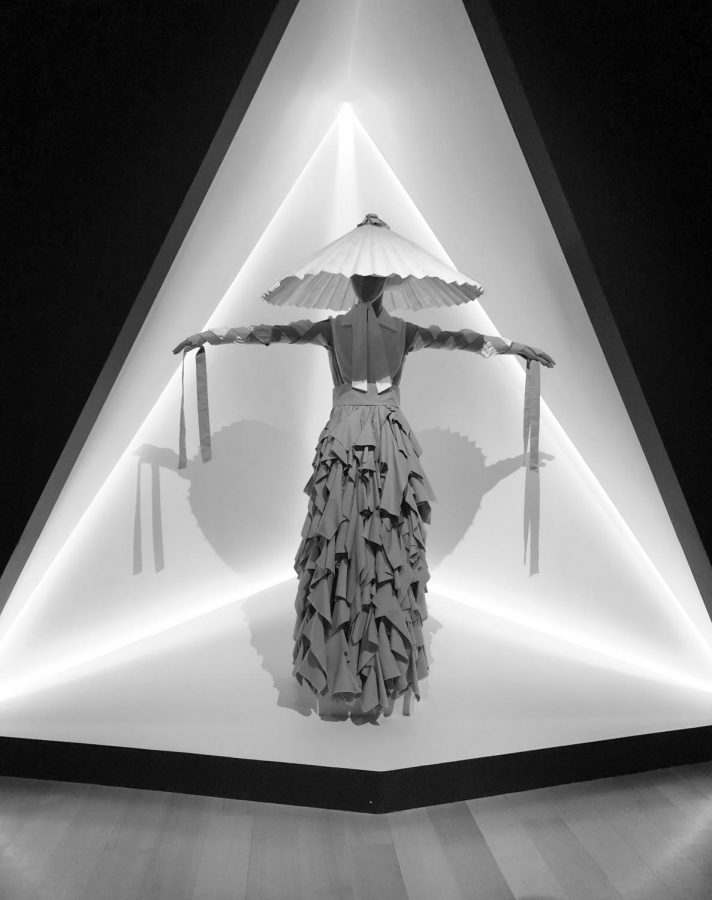
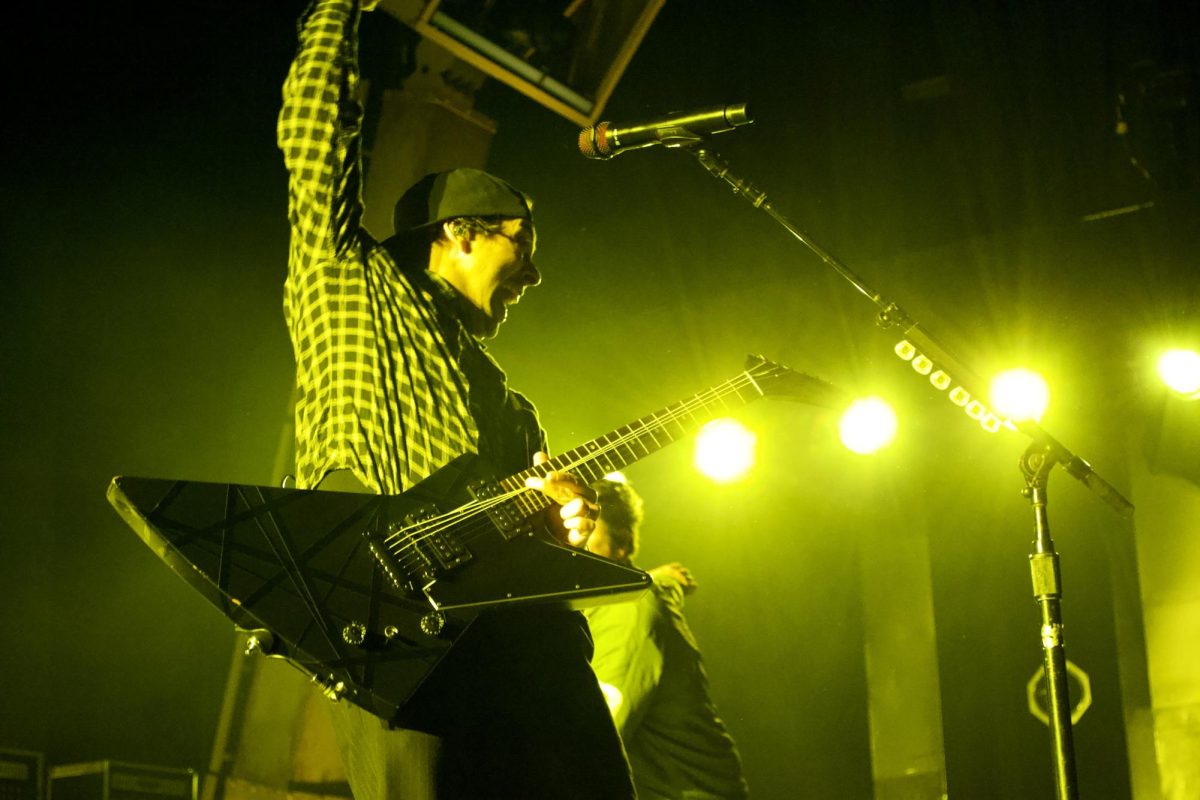
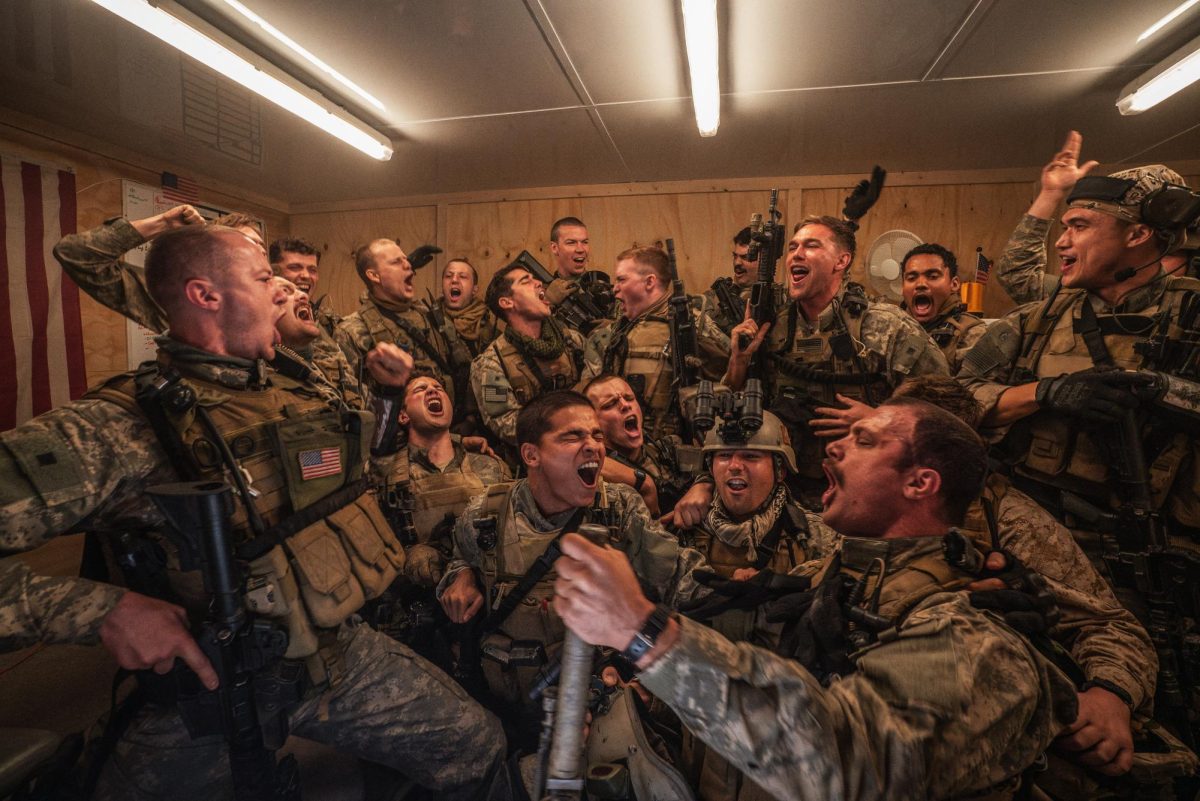

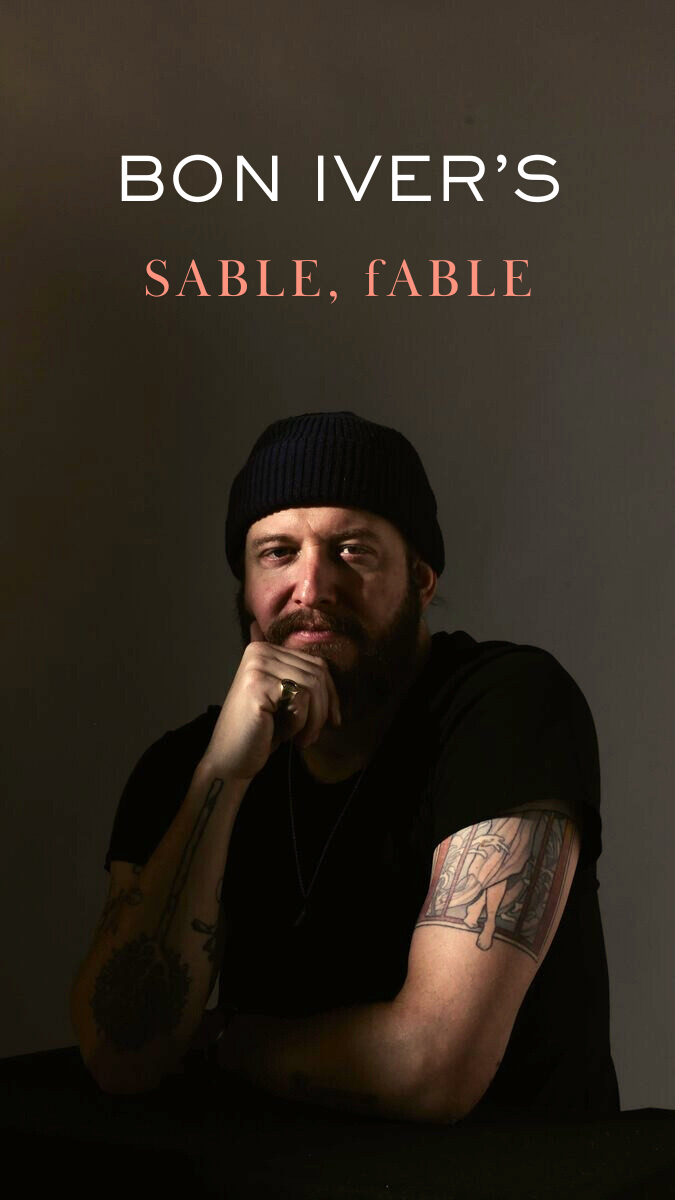


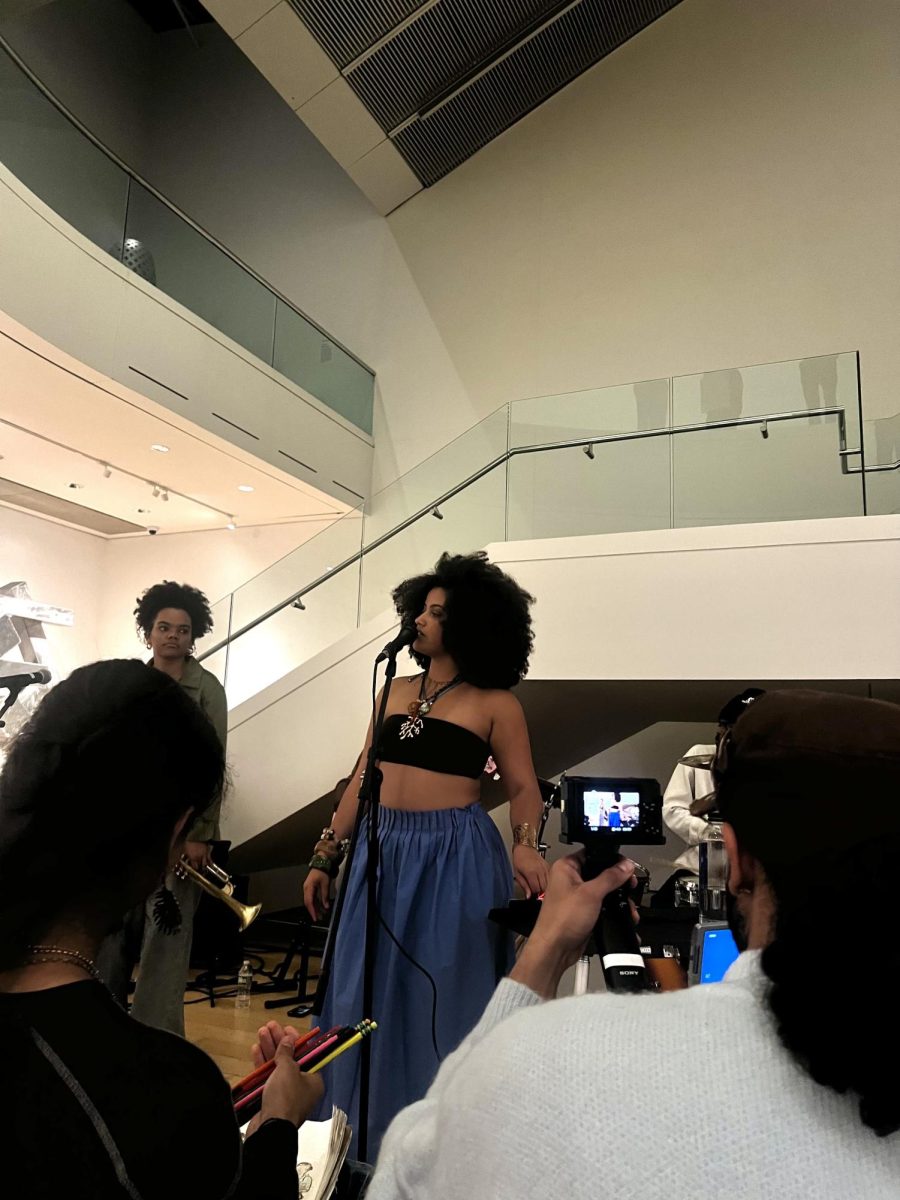

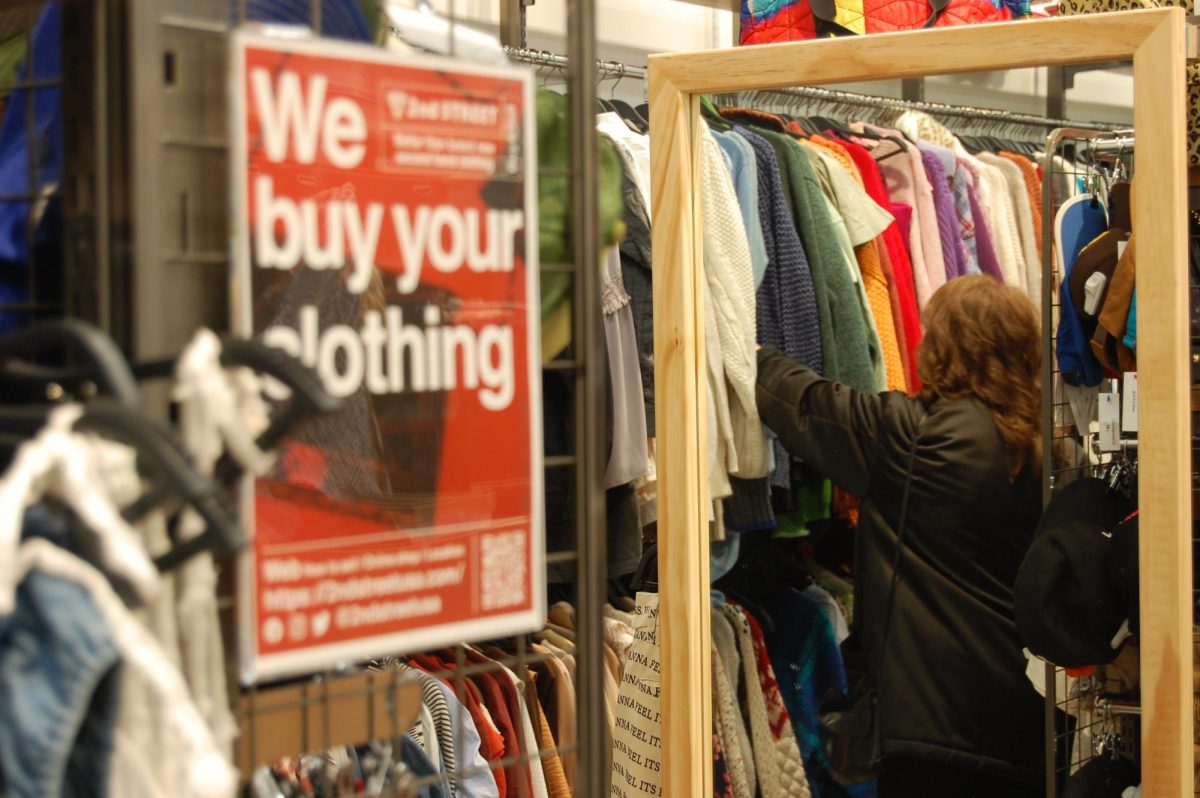

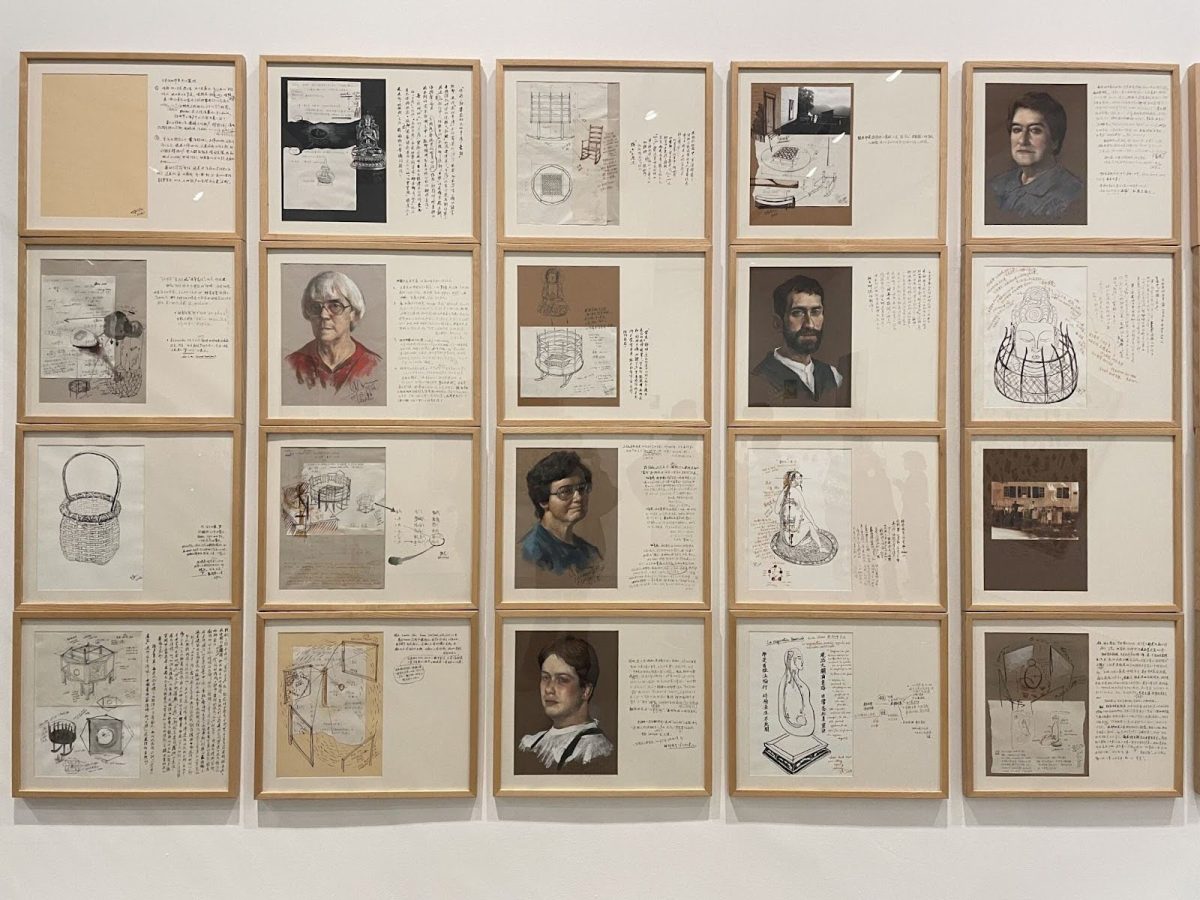

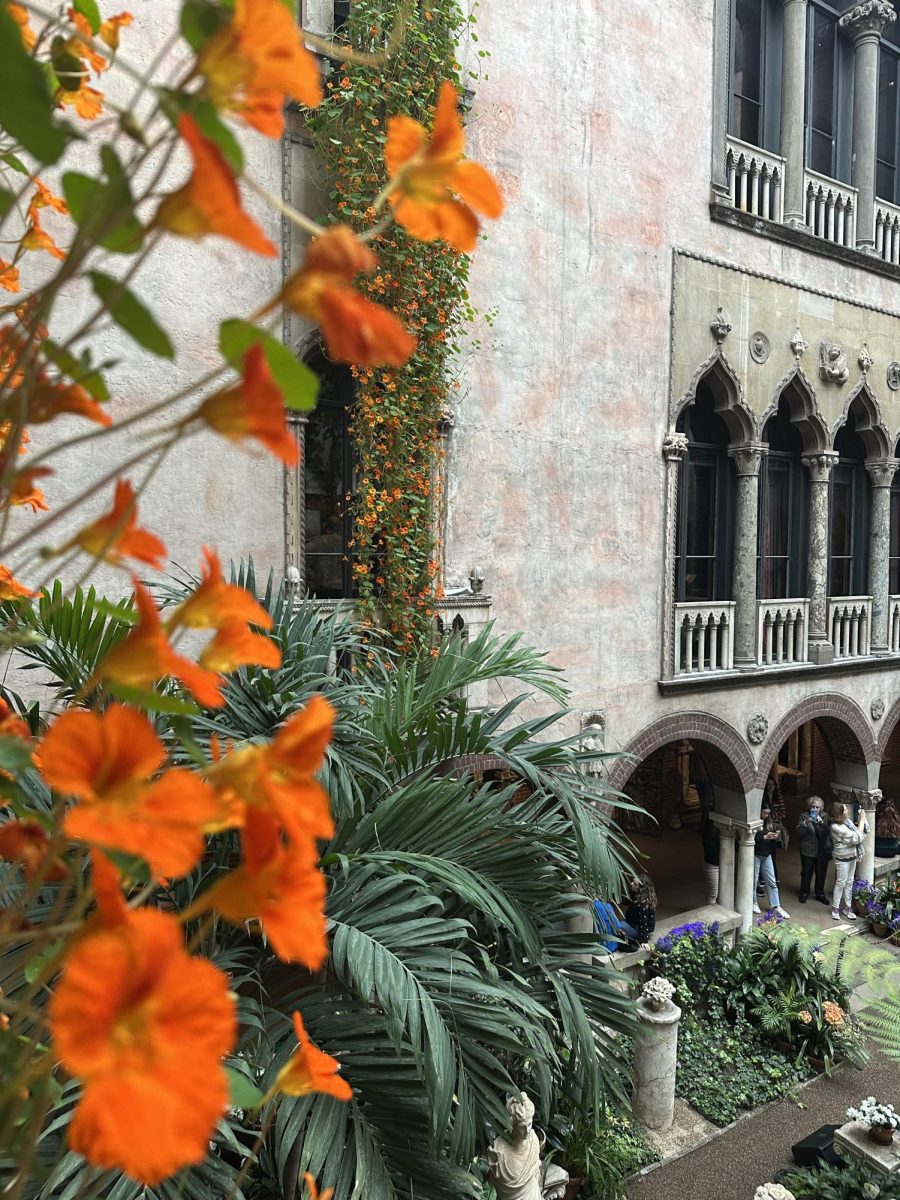
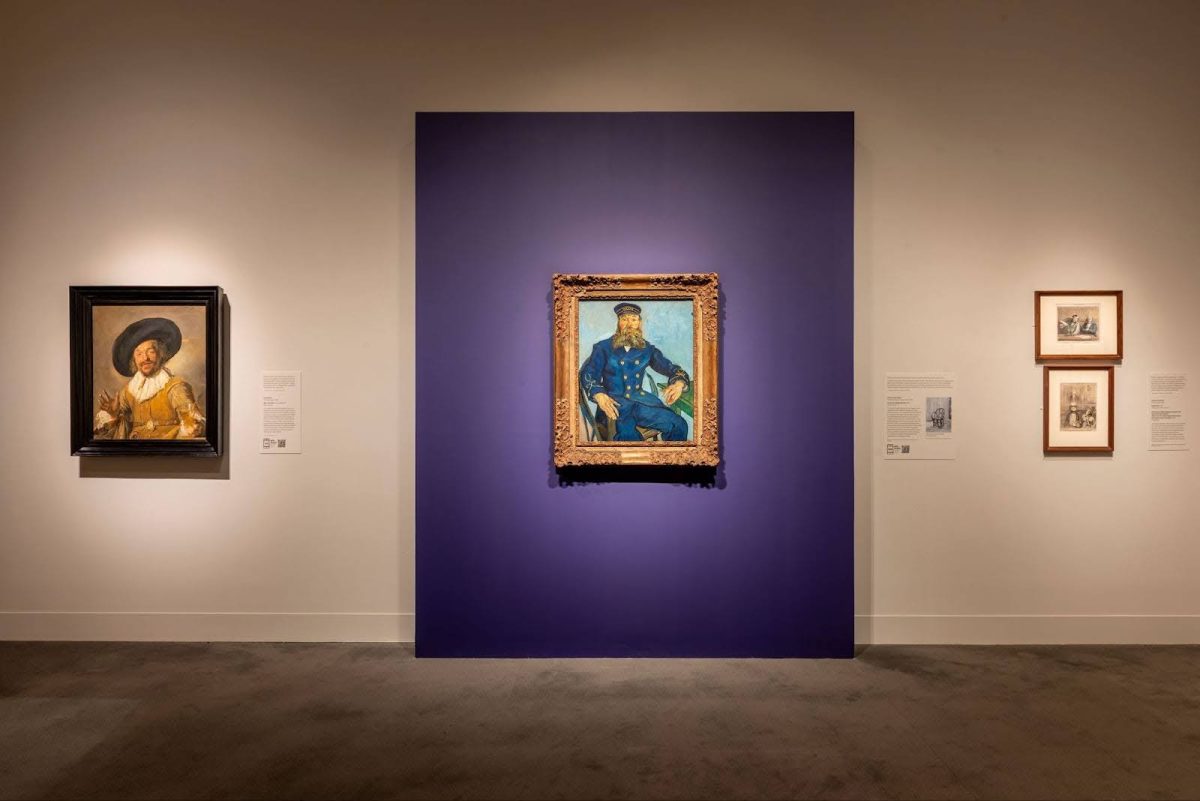
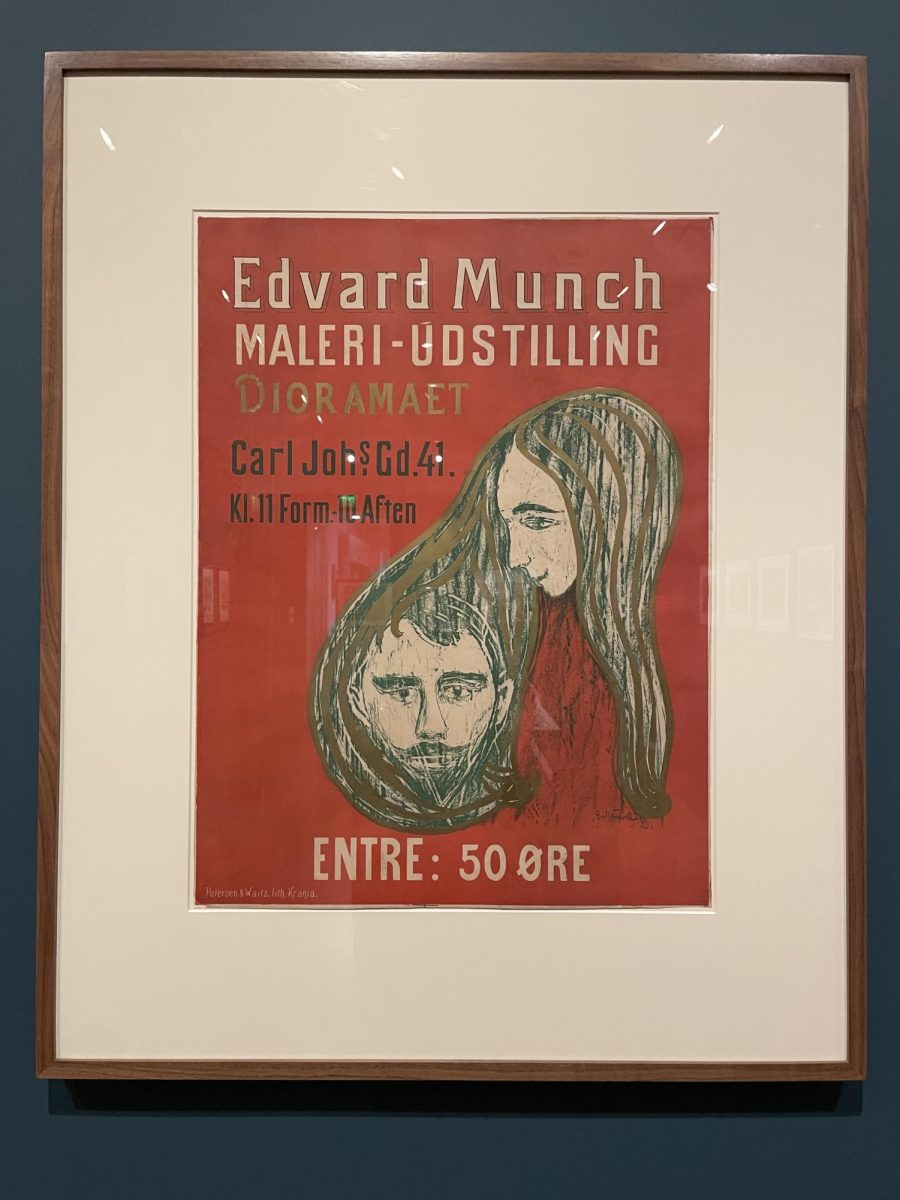
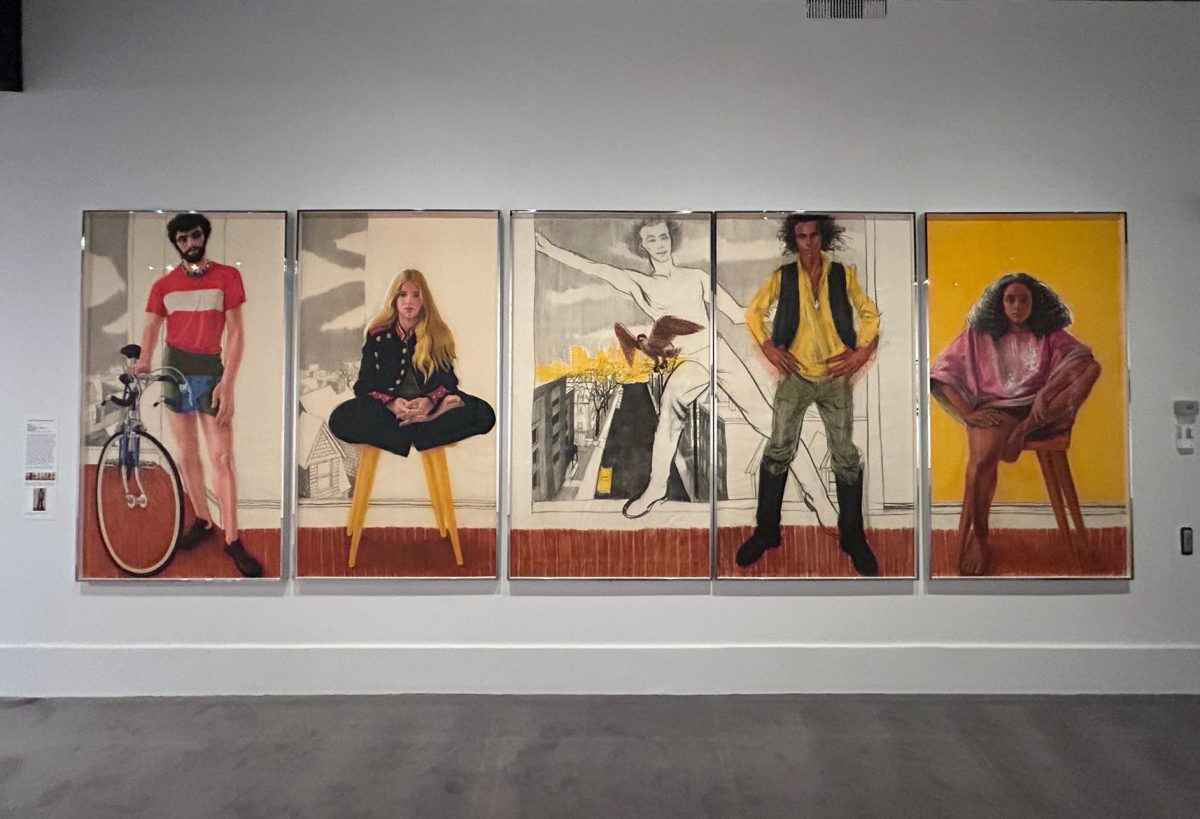
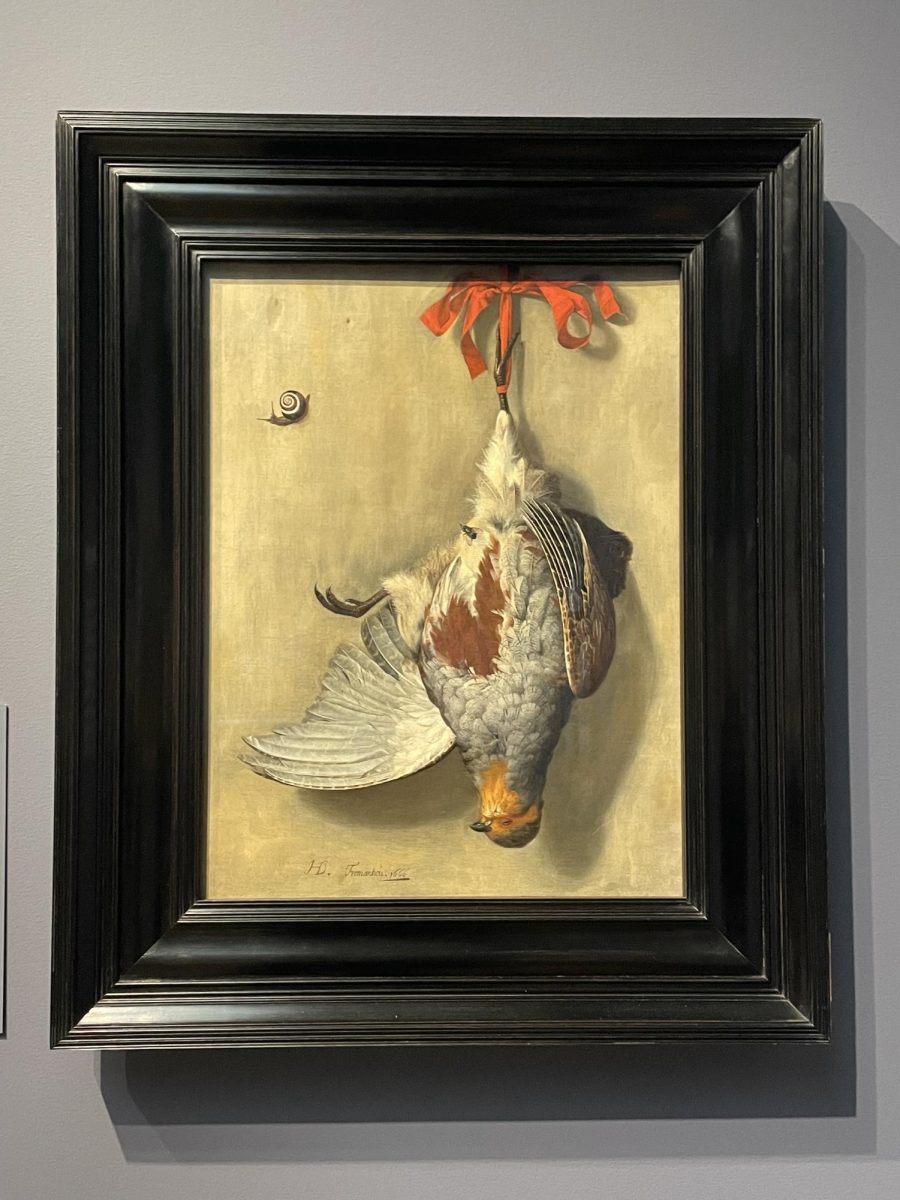
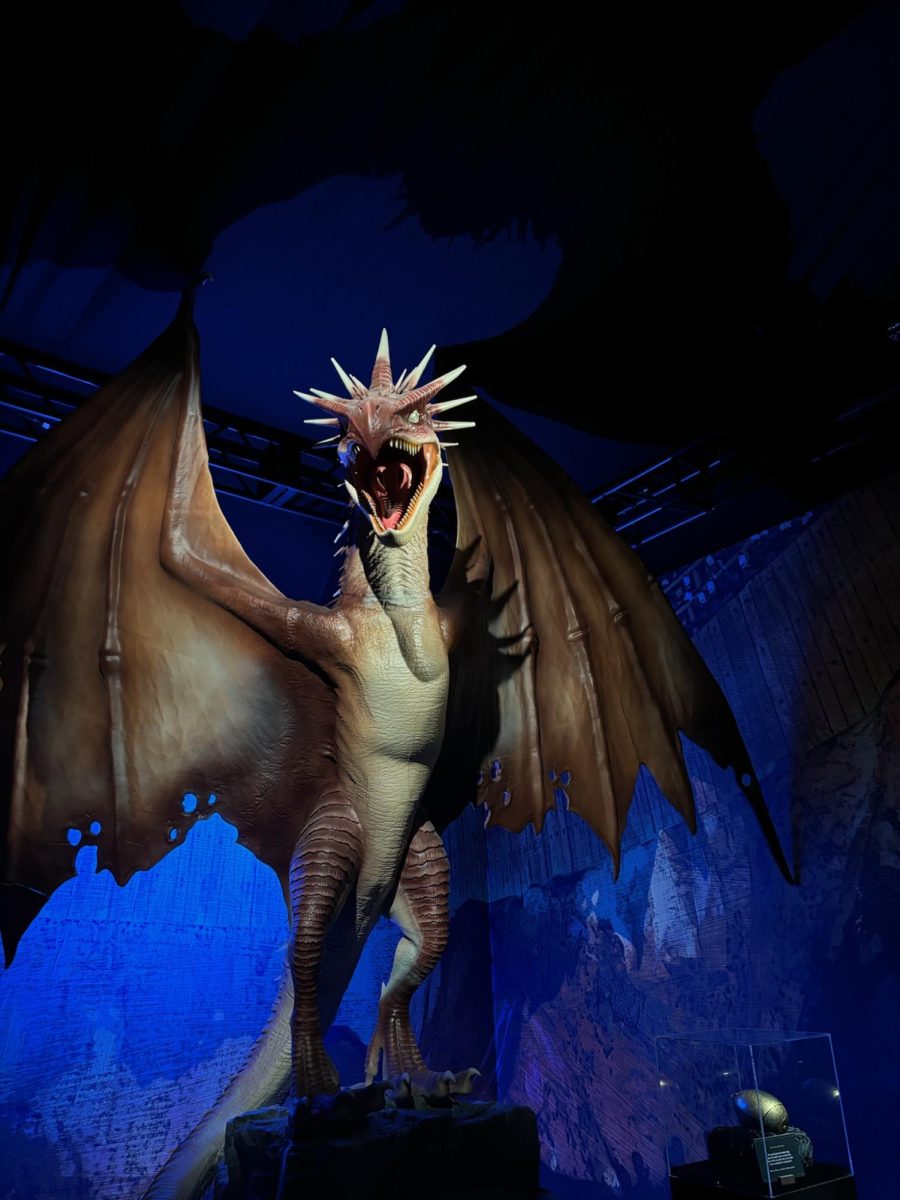
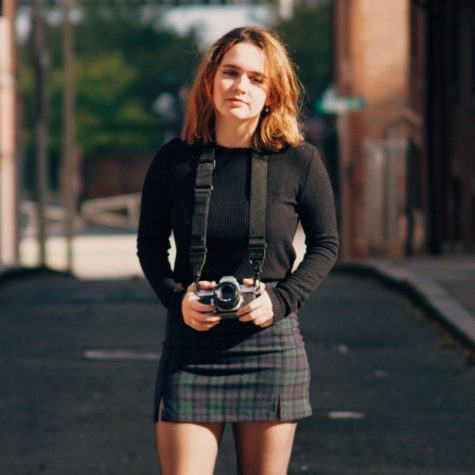
Joan Lockhart • Mar 31, 2019 at 8:52 am
Great article! Can’t wait to see the show.
Jack P. Whitehead • Mar 28, 2019 at 5:59 am
Nice blog about fashion between gender.Biker Jackets